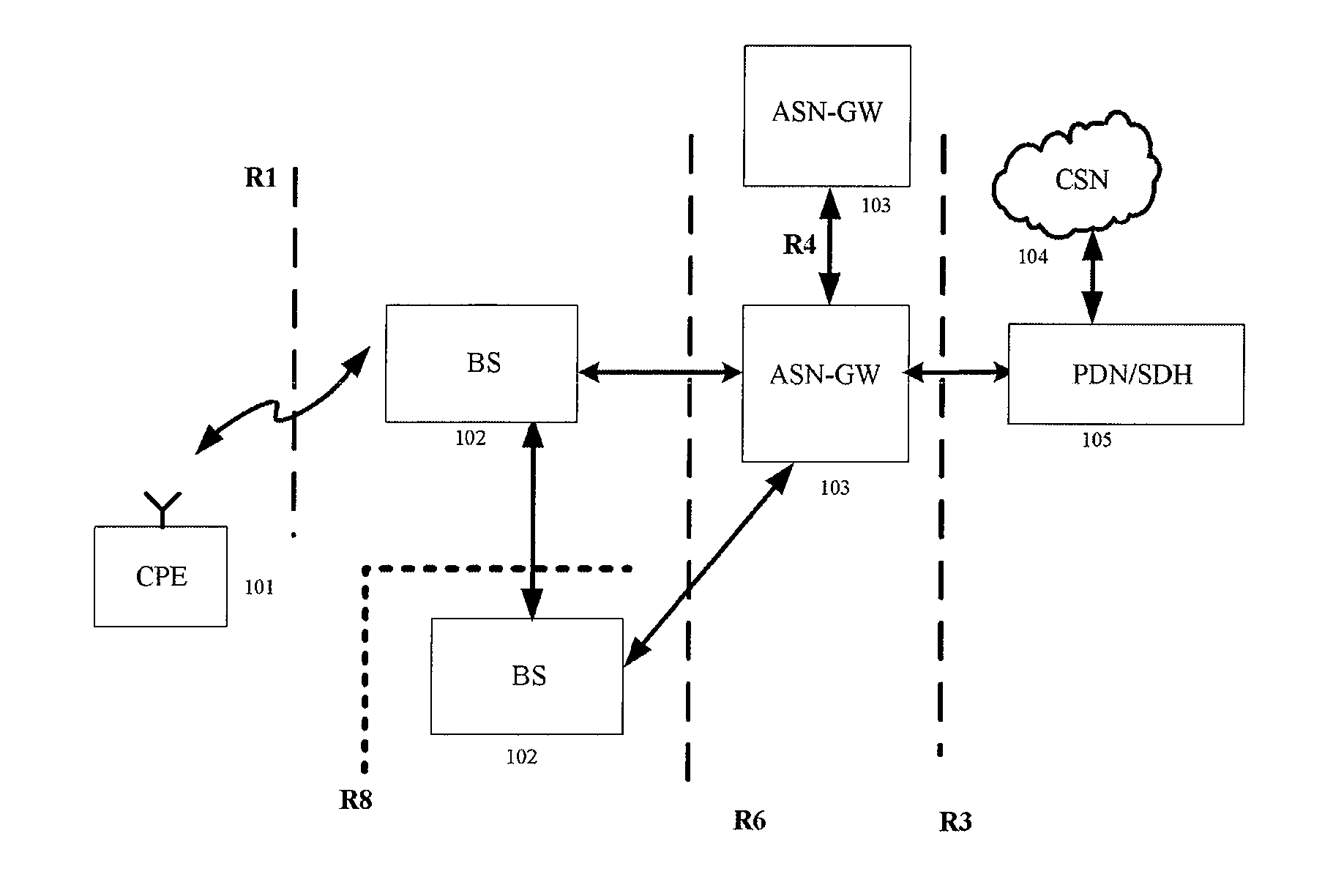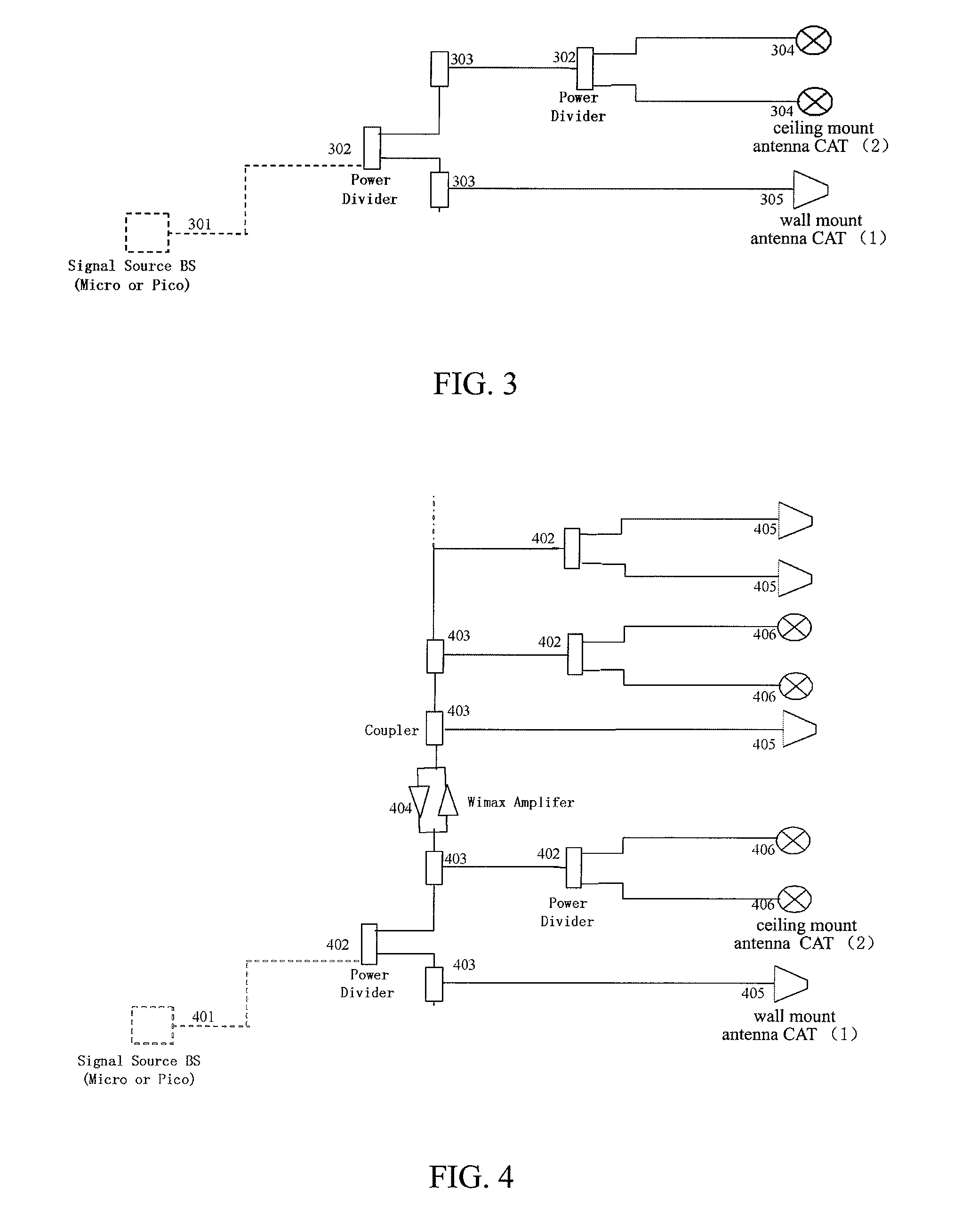Synchronization, scheduling, network management and frequency assignment method of a layered wireless access system
a wireless access system and wireless access technology, applied in the field of wireless access systems, can solve the problems of increasing the difficulty of rapid network layout, increasing the construction cost of the network, and the increase of the outdoor station number, so as to reduce the capex and opex of the operator, reduce the difficulty of project execution, and improve the system environmental adaptability and system availability.
- Summary
- Abstract
- Description
- Claims
- Application Information
AI Technical Summary
Benefits of technology
Problems solved by technology
Method used
Image
Examples
Embodiment Construction
[0138]The present invention will be described in further detail in combination with the accompanying figures and the preferred embodiments. It should be noted that, although a WiMAX system is taken as an example in the following description, the present invention is not merely applied to the WiMAX system, it is also applied for other OFDMA (Orthogonal Frequency Division Multiple Access)-based TDD and FDD systems, such as LTE (Long Term Evolution), TD-SCDMA (Time division Synchronous Code Division Multiple Access) and UMB (Ultra Mobile Broadband), and is also widely suitable for all wireless indoor coverage technologies. The applicable scenes including coverage limited scene and capacity limited scene flexibly implement smooth upgrade from initial coverage limitation to late capacity limitation and protect the existing device investment; moreover, the maintenance and upgrade are only implemented at a concentration point of the BMU, thereby decreasing maintenance cost.
[0139]Before the...
PUM
 Login to View More
Login to View More Abstract
Description
Claims
Application Information
 Login to View More
Login to View More - R&D
- Intellectual Property
- Life Sciences
- Materials
- Tech Scout
- Unparalleled Data Quality
- Higher Quality Content
- 60% Fewer Hallucinations
Browse by: Latest US Patents, China's latest patents, Technical Efficacy Thesaurus, Application Domain, Technology Topic, Popular Technical Reports.
© 2025 PatSnap. All rights reserved.Legal|Privacy policy|Modern Slavery Act Transparency Statement|Sitemap|About US| Contact US: help@patsnap.com



